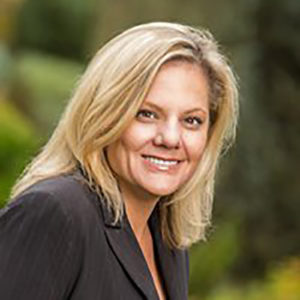Medical Assistants and Injections in 2017

In December 2014, I wrote about the delegation of administration of certain cosmetic substances to medical assistants. The laws regarding this issue have substantially changed recently and it is recommended that physicians, and physician assistants review these laws to ensure they are familiar with legal requirements for the proper supervision and delegation of tasks to medical assistants.
NRS 630.0129 defines a medical assistant as an individual who “ (a) performs clinical tasks under the supervision of a physician or physician assistant; and (b) does not hold a license, certificate or registration issued by a professional licensing or regulatory board in this State to perform such clinical tasks.”1 In the case of cosmetic procedures, medical assistants are often referred to as “medical aestheticians”. This term does not exist in Nevada law. An individual who performs a clinical task is a medical assistant, regardless of the location of the individual.
NAC chapter 630 was amended in 2013 to better define what tasks may be delegated and the level of supervision required for medical assistants. In 2016, NAC 630.810 which sets forth the criteria for when a task may be delegated to a medical assistant was further amended. A task may be delegated only (by a physician or physician assistant) if the practitioner knows the medical assistant has the training and skill required; a certificate or license is not required to perform the task; the medical assistant is employed by the practitioner or the two share the same employer; and the employer must document in the medical assistant’s employment record that they have been appropriately trained and are competent to perform the delegated task. Practitioners should review the regulation in full. https://www.leg.state.nv.us/NAC/NAC630.html#NAC630Sec810









